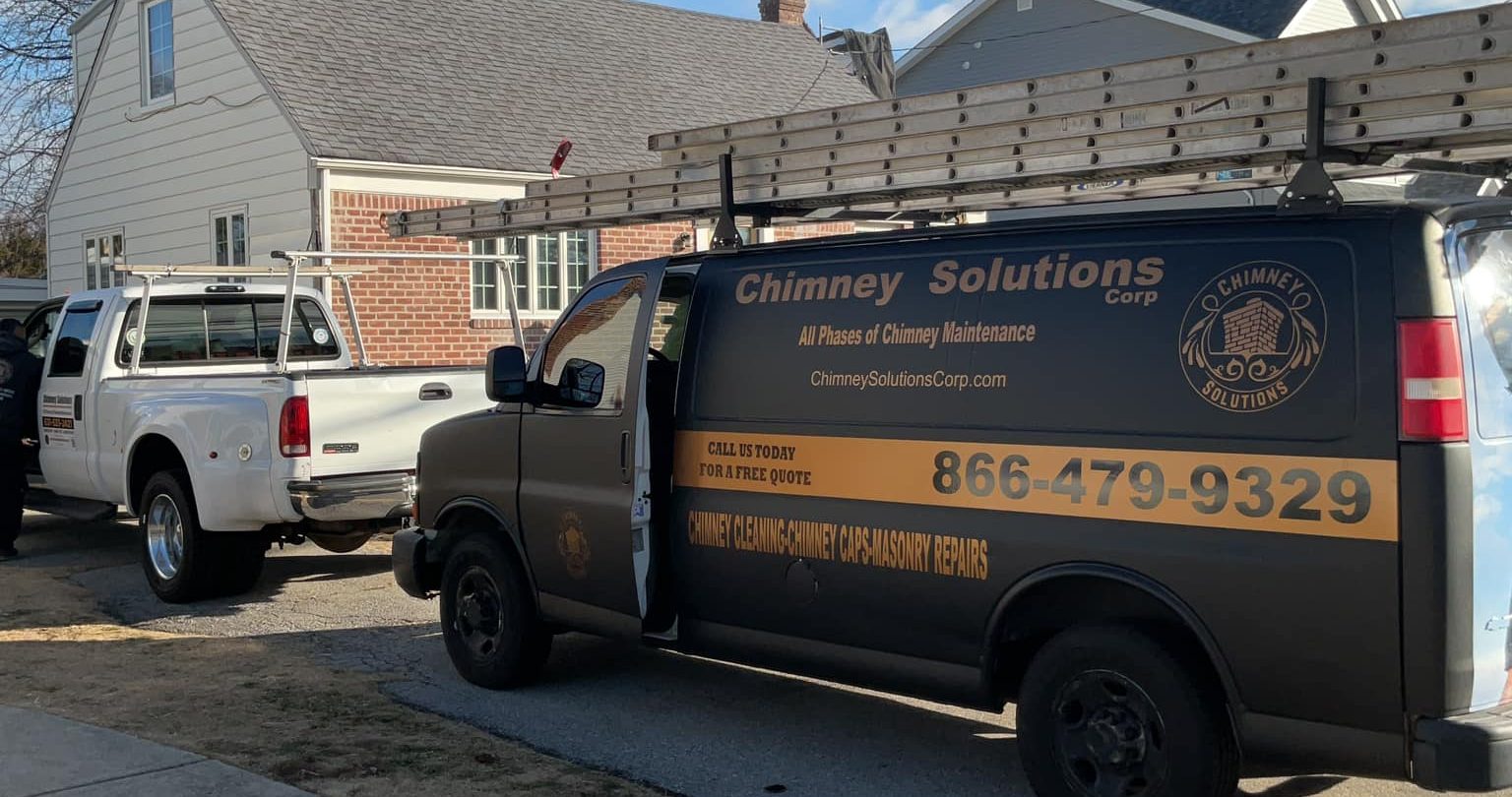EXCELLENTTrustindex verifies that the original source of the review is Google. Ignacio came and gave me a no nonsense estimate with pics, and the price was great. Alex and he did the work 2 days later, and were clean, neat and very professional. Definitely recommend 5 stars!Posted onTrustindex verifies that the original source of the review is Google. When you choose Chimney Solutions Corp., you are not just choosing a company that will do a phenomenal job with your chimney, but one that has exceptional customer service. This company truly values their customers and reputation as being leaders in their field. Chimney Solutions Corp. provides excellent value for their services and care deeply that they have exceeded every expectation from their customers in performing their services. They go above and beyond to ensure that their customers are satisfied with all aspects of their work and operate with great integrity as a business. I highly recommend them to anyone who is need of any chimney services.Posted onTrustindex verifies that the original source of the review is Google. They were fantastic to work with. After an initial hiccup, the scheduling was a breeze, that came on time, they took the time to do the job right, and then explained everything to me. Great company that I will work with again when I have more moneyPosted onTrustindex verifies that the original source of the review is Google. The company is simply the best, from the initial appointment for the estimate to showing up before their scheduled time to finish the job. All employees ( Carlos, Alex, Ricardo, Ignacio , Brandon, Manolo, Nicolas) showed superb customer service skills and professionalism, so welcoming ! I can’t say enough nice things about the company led by Carlos and Alex, please give them a chance and you will be nicely surprised with the outcome, highly recommended!Posted onTrustindex verifies that the original source of the review is Google. Chimney Solutions Corp did an excellent job repointing our chimney. The crew was professional, efficient, and left everything clean when the work was done. Their pricing was fair, and the customer service from start to finish was outstanding — clear communication, punctual, and genuinely helpful. We’re very pleased with the results and would absolutely recommend them to anyone in Greenwich looking for quality chimney work.Posted onTrustindex verifies that the original source of the review is Google. I had an excellent experience with this chimney company! They quickly identified that the previous company had done an incomplete job and guided me step by step through the entire process, explaining exactly what they were doing and why. They did a fantastic job installing my new liner, upgrading my equipment, and finishing my chimney with wire mesh and stucco. The team was professional, respectful, and extremely knowledgeable. I would highly recommend them to anyone and will definitely be using them again in the future!Posted onTrustindex verifies that the original source of the review is Google. Very helpful, informative , honest workmanship. This company really does Their work with professionalism. I am very pleased with their work and would recommend them to anyone who has chimney problemPosted onTrustindex verifies that the original source of the review is Google. What an absolute pleasure working with this company. From the initial phone call, to the job being completed, each person was competent, skilled and kept us informed every step of the way. The job was done in one day. The crew arrived early and worked the entire day (barely stopping for lunch) to finish. Each area they worked in was left cleaner than when they arrived. We now have a safe, waterproof and clean fireplace and flues. Thank you Alex, Carlos, Ignacio, Melanie and the entire hardworking crew at Chimney Solutions. We have already highly recommended your company. And we will definitely have you come back for regular cleanings and any future maintenance. If you’re on the fence about which chimney service to hire, do not hesitate to call Chimney Solutions. I guarantee that you will be impressed with the quality service.Posted onTrustindex verifies that the original source of the review is Google. Professional, thorough and easy to work withPosted onTrustindex verifies that the original source of the review is Google. Carlos and team did an amazing job with our chimney! He was thorough, explained everything, and answered all our questions . Carlos gave us a priority list and what we can do in the future, which was great and so helpful! Very responsive, got the work done in a timely manner, and great pricing too!Verified by TrustindexTrustindex verified badge is the Universal Symbol of Trust. Only the greatest companies can get the verified badge who has a review score above 4.5, based on customer reviews over the past 12 months. Read more
The commercial chimney exhaust pipe is an essential component of any chimney system, designed to safely expel combustion gases while ensuring maximum draft and efficient airflow. Whether your system operates in a commercial kitchen or industrial facility, choosing the right venting system is crucial for maintaining safe operation and optimal performance. This article explains the importance of a chimney exhaust pipe service, the benefits of stainless steel chimney systems, and the different considerations for exhaust applications in industrial settings.
What is the Size of a Chimney Exhaust Pipe?
The chimney exhaust pipe size is crucial for ensuring proper venting and maximum airflow. For commercial systems, the most common sizes range from 6 inches to 12 inches in diameter, depending on the application. Stainless steel chimney systems are often preferred because they offer thick-gauge material that can withstand extreme temperatures and products of combustion. Proper sizing ensures your chimney can handle the heat loss from coal, oil, or gas-fired appliances, providing efficient operation and safety.
Can We Use PVC Pipe for Chimney Exhaust?
While PVC pipe might seem like an affordable option for some venting applications, it is unsuitable for chimney exhaust due to its inability to withstand high temperatures. For chimney exhaust systems, it’s essential to use stainless steel or double-wall chimneys. These materials can handle the high temperatures generated by combustion gases without degrading or releasing harmful chemicals. Steel outer layers and zinc-coated finishes provide added durability, ensuring a long-lasting performance in industrial applications.
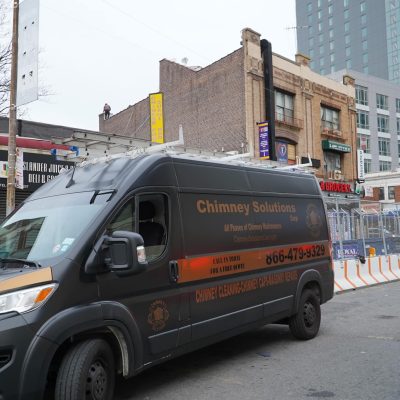
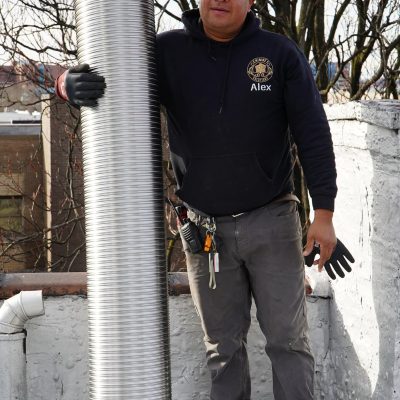
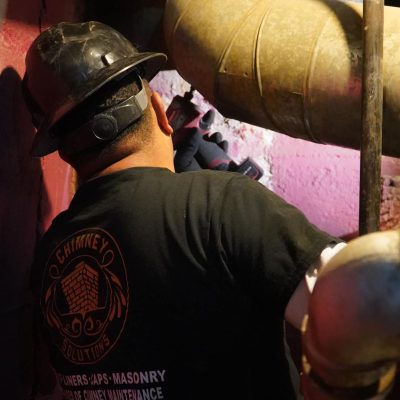
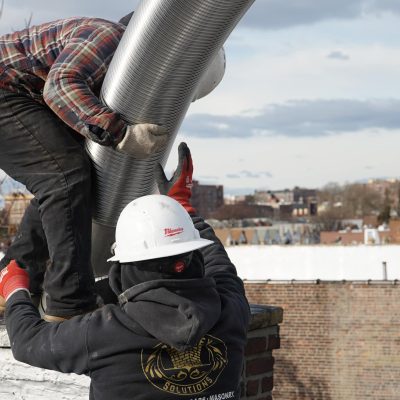
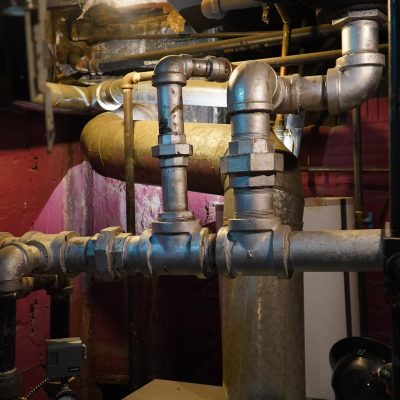
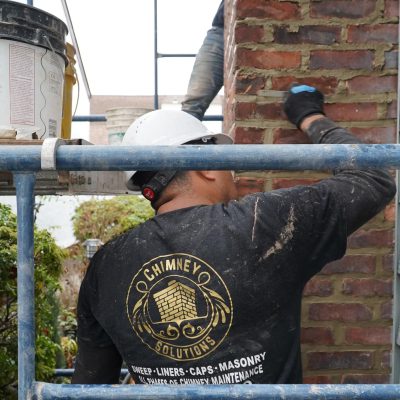
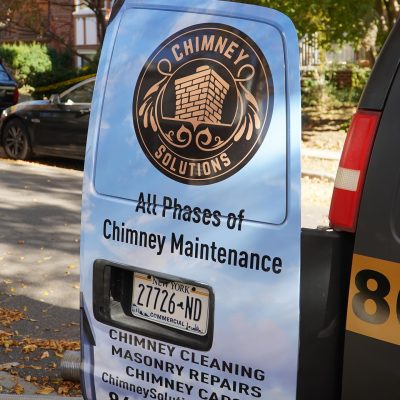
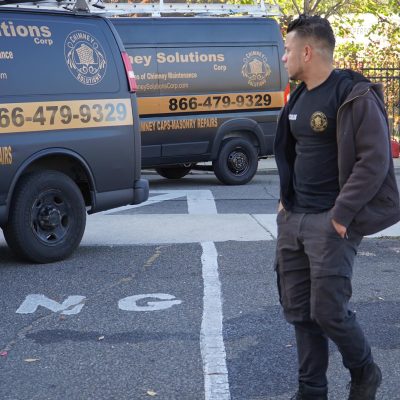
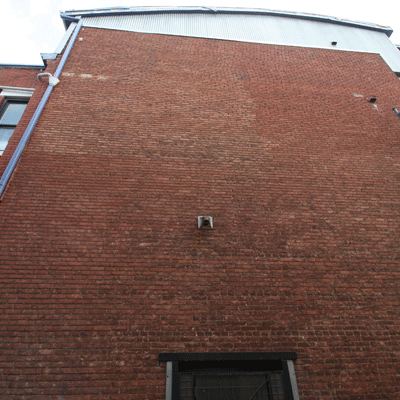
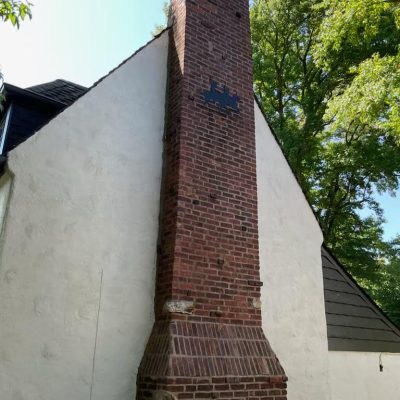
How Much Does It Cost to Replace a Chimney Flue Pipe?
The cost to replace a chimney flue pipe can vary, typically ranging from $500 to $2,500 depending on factors such as material choice and the complexity of the installation. Factory-built chimneys made from double-wall construction or stainless steel chimney systems tend to be more expensive due to their superior performance and high-quality insulation. However, investing in premium products like high-efficiency appliance venting systems ensures long-term savings through efficient airflow and reduced energy costs.
What Is the Most Common Size Chimney Pipe?
For most commercial chimney systems, the most common size for chimney pipes is between 6 inches and 8 inches in diameter. The exact size depends on the type of appliance and the clearance to combustibles needed to maintain safe operation. For instance, commercial kitchens with high-temperature exhaust needs often require double-wall factory-built chimneys or air-cooled chimney systems to prevent overheating and ensure compliance with safety codes.
Benefits of Professional Chimney Exhaust Pipe Installation
- Enhanced Safety: Properly installed chimney exhaust pipes reduce the risk of chimney fires by ensuring optimal airflow and preventing tar buildup or creosote accumulation.
- Improved Efficiency: A correctly sized and installed chimney exhaust pipe maximizes the draft and minimizes energy loss, improving the overall heating performance of your system.
- Compliance with Safety Codes: Professional installation ensures the system complies with industry codes and safety standards, reducing the risk of carbon monoxide buildup and potential hazards.
- Durability and Longevity: Stainless steel chimney systems with high-quality insulation offer long-lasting durability and can withstand high temperatures, ensuring efficient operation for years to come.
Chimney Exhaust Pipe Maintenance and Inspection
Regular maintenance and inspection of chimney exhaust pipes are essential to ensure the system is free of blockages, soot buildup, and animal nests. Chimney blockage inspection services help identify potential obstructions early, preventing costly repairs. A professional inspection involves checking the chimney liner and flue system for any signs of wear, corrosion, or degradation. Routine cleaning and inspection also help maintain the integrity of the chimney system, ensuring safe operation and compliance with building codes.
Conclusion
Choosing the right commercial chimney exhaust pipe is essential for maintaining safe operation, efficient airflow, and compliance with safety standards. Whether you’re installing a new chimney system or replacing an existing flue pipe, ensure that your system is built with high-quality materials like stainless steel and installed by skilled professionals. For all your chimney exhaust pipe service needs, Chimney Solutions Corp provides reliable, expert services to ensure your system operates at peak performance. Contact us today to learn more about our commercial chimney services and chimney system installations.
Frequently Asked Questions
- What is the size of a chimney exhaust pipe?
The standard size for chimney exhaust pipes in commercial settings is between 6 inches and 12 inches in diameter, depending on the system requirements. - How much does it cost to replace a chimney flue pipe?
Replacing a chimney flue pipe typically costs between $500 and $2,500, depending on material, size, and installation complexity. - Can we use PVC pipe for chimney exhaust?
PVC pipe should not be used for chimney exhaust systems due to its inability to withstand high temperatures. Stainless steel and double-wall chimneys are ideal materials for this purpose. - What is the most common size chimney pipe?
The most common size for chimney exhaust pipes in commercial applications is 6 inches to 8 inches in diameter, depending on the appliance and venting requirements.
